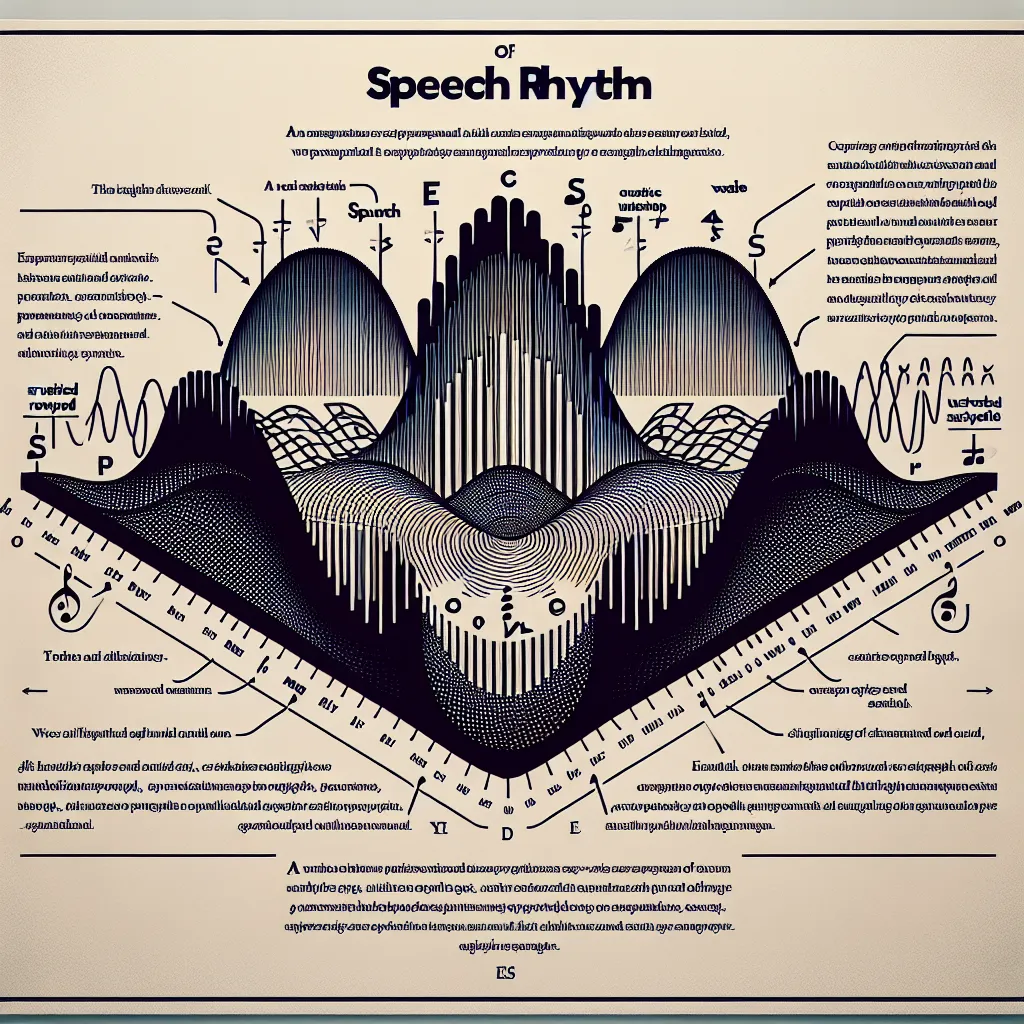Are you a non-native English speaker looking to improve your pronunciation? You’re not alone! Many language learners struggle with this aspect of English, but with the right techniques and consistent practice, you can make significant progress. In this comprehensive guide, we’ll explore effective Pronunciation Tips For Non-native Speakers, helping you sound more natural and confident in your English communication.
Why is English Pronunciation Important?
Before diving into specific tips, let’s understand why proper pronunciation is crucial for non-native English speakers:
- Clear Communication: Correct pronunciation ensures that your message is understood clearly, reducing misunderstandings in conversations.
- Increased Confidence: When you pronounce words correctly, you feel more confident speaking English in various situations.
- Professional Advancement: Good pronunciation can enhance your career prospects, especially in international business settings.
- Cultural Integration: Proper pronunciation helps you connect better with native speakers and immerse yourself in English-speaking cultures.
 Importance of English Pronunciation
Importance of English Pronunciation
Understanding English Phonetics
To improve your pronunciation, it’s essential to familiarize yourself with English phonetics. This includes:
Vowel Sounds
English has 20 vowel sounds, including:
- Short vowels: /ɪ/, /e/, /æ/, /ʌ/, /ʊ/, /ə/
- Long vowels: /iː/, /ɑː/, /ɔː/, /uː/, /ɜː/
- Diphthongs: /eɪ/, /aɪ/, /ɔɪ/, /əʊ/, /aʊ/, /ɪə/, /eə/, /ʊə/
Consonant Sounds
English has 24 consonant sounds, including:
- Plosives: /p/, /b/, /t/, /d/, /k/, /g/
- Fricatives: /f/, /v/, /θ/, /ð/, /s/, /z/, /ʃ/, /ʒ/, /h/
- Affricates: /tʃ/, /dʒ/
- Nasals: /m/, /n/, /ŋ/
- Approximants: /l/, /r/, /w/, /j/
Understanding these sounds is crucial for improving your pronunciation. Let’s explore some effective tips to enhance your skills.
Top 5 Pronunciation Tips for Non-Native Speakers
1. Listen and Imitate Native Speakers
One of the most effective ways to improve your pronunciation is by listening to and imitating native speakers. Here’s how:
- Watch English movies, TV shows, and YouTube videos with subtitles.
- Listen to English podcasts and audiobooks.
- Use language learning apps that feature native speaker recordings.
- Practice shadowing techniques by repeating after native speakers in real-time.
For example, try watching a TED Talk with subtitles and pause after each sentence to repeat what you’ve heard, mimicking the speaker’s intonation and rhythm.
2. Focus on Stress and Intonation
English is a stress-timed language, meaning that stressed syllables are pronounced at regular intervals. Pay attention to:
- Word stress: In multi-syllable words, one syllable is usually stressed more than others.
- Sentence stress: Content words (nouns, verbs, adjectives, adverbs) are typically stressed more than function words (articles, prepositions, pronouns).
- Intonation: The rise and fall of your voice can change the meaning of a sentence.
Practice by reading aloud and exaggerating the stressed syllables and words. For instance, in the sentence “I LOVE eating ICE cream on HOT summer DAYS,” the capitalized words should be emphasized.
3. Use Minimal Pairs for Sound Distinction
Minimal pairs are words that differ by only one sound. Practicing these can help you distinguish between similar sounds:
- “ship” vs. “sheep” (/ɪ/ vs. /iː/)
- “fan” vs. “van” (/f/ vs. /v/)
- “think” vs. “sink” (/θ/ vs. /s/)
Create flashcards with minimal pairs and practice saying them aloud, focusing on the subtle differences in pronunciation. You can also find minimal pair exercises online or in pronunciation textbooks.
 Minimal Pairs Practice
Minimal Pairs Practice
4. Record and Analyze Your Speech
Self-assessment is crucial for improvement. Here’s how to do it effectively:
- Record yourself reading a passage or having a conversation in English.
- Listen to the recording and compare it to a native speaker’s version.
- Identify areas where your pronunciation differs from the native speaker.
- Focus on those specific sounds or patterns in your practice sessions.
You can use free apps like Vocaroo or Voice Memos on your smartphone for recording. For a more structured approach, try using pronunciation analysis software like PRAAT, which can provide visual representations of your speech patterns.
5. Practice Tongue Twisters
Tongue twisters are an excellent way to improve your articulation and speed. Start slowly and gradually increase your pace as you become more comfortable. Here are some popular English tongue twisters:
- “She sells seashells by the seashore.”
- “Peter Piper picked a peck of pickled peppers.”
- “How much wood would a woodchuck chuck if a woodchuck could chuck wood?”
Practice these daily, focusing on clear pronunciation of each sound. As you improve, try creating your own tongue twisters using sounds you find challenging.
Common Pronunciation Mistakes and How to Fix Them
Non-native speakers often struggle with certain aspects of English pronunciation. Here are some common issues and tips to address them:
1. The “th” Sound
Many languages don’t have the “th” sound (/θ/ and /ð/), making it challenging for non-native speakers. To practice:
- Place your tongue between your teeth and blow air out gently for /θ/ (as in “think”).
- Add voice for /ð/ (as in “this”).
- Practice words like “three,” “thought,” “the,” and “there.”
2. Vowel Length
English distinguishes between long and short vowels, which can affect meaning. For example:
- “ship” (short /ɪ/) vs. “sheep” (long /iː/)
- “pull” (short /ʊ/) vs. “pool” (long /uː/)
Practice by exaggerating the length of long vowels and keeping short vowels crisp and quick.
3. Silent Letters
English has many silent letters that can confuse non-native speakers. Some common examples:
- “k” in “knife”
- “b” in “comb”
- “gh” in “night”
Create a list of words with silent letters and practice them regularly. Remember, these silent letters often affect the pronunciation of surrounding sounds, so pay attention to the overall word pronunciation.
4. Consonant Clusters
English allows multiple consonants to appear together, which can be challenging for speakers of languages with simpler syllable structures. Practice words with consonant clusters, such as:
- “strengths”
- “sixths”
- “splashed”
Break these words into smaller parts and practice each segment before putting them together.
5. Schwa Sound
The schwa (/ə/) is the most common vowel sound in English, often appearing in unstressed syllables. It’s pronounced like a short, relaxed “uh” sound. Practice words with schwas, such as:
- “about” (/əˈbaʊt/)
- “banana” (/bəˈnɑːnə/)
- “computer” (/kəmˈpjuːtər/)
Focus on reducing the vowel sound in unstressed syllables to improve your natural-sounding speech.
The International Phonetic Alphabet (IPA) Chart
Familiarizing yourself with the International Phonetic Alphabet (IPA) can greatly enhance your pronunciation skills. The IPA provides a standardized way to represent the sounds of any language. Here’s a simplified version of the English IPA chart:
Consonants:
p b t d k g
f v θ ð s z ʃ ʒ h
tʃ dʒ
m n ŋ
l r
w j
Vowels:
i ɪ e æ ʌ ɑ ɒ ʊ u ə ɜ
eɪ aɪ ɔɪ əʊ aʊ ɪə eə ʊə
Practice using this chart to break down words into their individual sounds. For example, “pronunciation” can be transcribed as /prəˌnʌnsiˈeɪʃən/.
Top 10 Frequently Mispronounced English Words
Here are ten words that non-native speakers often struggle with, along with their correct pronunciations:
- “Pronunciation” – /prəˌnʌnsiˈeɪʃən/ (not “pronounciation”)
- “Comfortable” – /ˈkʌmftəbəl/ or /ˈkʌmfərtəbəl/ (often mispronounced as “comf-ter-bull”)
- “Hierarchy” – /ˈhaɪərɑːki/ (not “high-archy”)
- “Subtle” – /ˈsʌtl/ (the “b” is silent)
- “Clothes” – /kləʊðz/ or /kloʊðz/ (not “close”)
- “Worcestershire” – /ˈwʊstəʃər/ or /ˈwʊstərʃɪər/
- “Epitome” – /ɪˈpɪtəmi/ (not “epi-tome”)
- “Thorough” – /ˈθʌrə/ or /ˈθʌroʊ/
- “Recipe” – /ˈresəpi/ (not “re-sipe”)
- “Athlete” – /ˈæθliːt/ (not “ath-a-lete”)
Practice these words regularly, focusing on the correct stress and individual sounds.
 Commonly Mispronounced English Words
Commonly Mispronounced English Words
Conclusion
Improving your English pronunciation as a non-native speaker takes time and consistent effort, but the results are well worth it. By focusing on specific sounds, stress patterns, and intonation, and by regularly practicing with native speaker resources, you can significantly enhance your pronunciation skills.
Remember to be patient with yourself and celebrate small improvements along the way. With dedication and the right techniques, you’ll be speaking English more clearly and confidently in no time!
For more tips on improving your English skills, check out our articles on how to use minimal pairs for pronunciation and tips for enhancing English comprehension in fast-paced dialogues.
Do you have any favorite pronunciation exercises or tips? Share them in the comments below!




